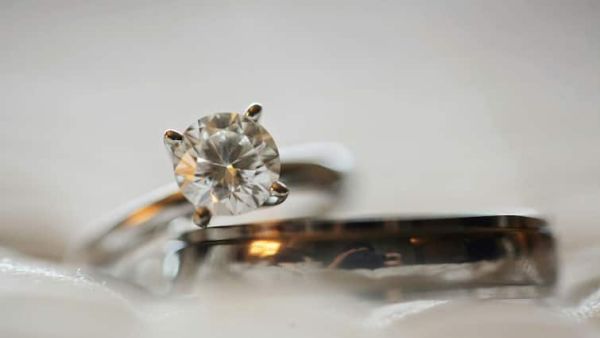
The Central Consumer Protection Authority (CCPA) will soon issue new guidelines for the diamond industry aimed at ensuring clear labeling and certification of all diamonds, while also prohibiting the use of misleading terms in trade.
On Tuesday, the CCPA held a stakeholder consultation focused on consumer protection in the diamond sector, with a particular emphasis on establishing accurate terminology for diamonds, according to an official statement.
The consultation, chaired by Nidhi Khare, Chief Commissioner of the CCPA, brought together key industry leaders and experts to discuss the issue. "The CCPA will soon release a robust framework to ensure transparency, accountability, and consumer protection across the diamond industry," the statement reads.
The meeting focused on addressing key concerns, including the lack of standardised terminology and insufficient disclosure practices within the diamond industry. "These gaps have resulted in consumer confusion and misleading practices, especially concerning the differentiation between natural diamonds and lab-grown diamonds," it pointed out.
Industry consensus highlighted the urgent need for ethical marketing practices and consistent terminology to strengthen consumer protection in the diamond sector.
"Comprehensive guidelines were proposed to mandate: Explicit labelling and certification of all diamonds, specifying their origin and production method; prohibition of misleading terms like 'natural' or 'genuine' for lab-grown products; accreditation systems to regulate and standardise diamond testing laboratories, curbing the rise of unregulated entities," the statement said.
Key legal and regulatory frameworks were discussed in detail during the session. For example, the CCPA referenced the Legal Metrology Act, 2009, which, under Section 12, defines the unit of mass for diamonds, pearls, and precious stones as the carat (symbol: c), equivalent to 200 milligrams or one five-thousandth of a kilogram. This ensures standardized measurements across the diamond industry for consistency in commercial transactions.
The Bureau of Indian Standards (BIS) Standard IS 15766:2007 mandates that the term "diamond" exclusively refers to natural diamonds. Synthetic diamonds cannot be labelled simply as "diamonds" and must be explicitly labelled as "synthetic diamonds," regardless of production method or material. Additionally, synthetic diamonds are prohibited from being graded alongside natural diamonds to maintain market clarity.
Under the Consumer Protection Act of 2019, a robust legal framework exists to protect consumers by preventing unfair trade practices and ensuring transparent labelling in the diamond industry. This act prohibits misleading descriptions or omissions that could confuse consumers.
Furthermore, the Central Board of Indirect Taxes and Customs (CBIC) has reinforced these measures by requiring the explicit declaration of whether a diamond is natural or lab-grown. If lab-grown, the production method—whether Chemical Vapor Deposition (CVD), High Pressure High Temperature (HPHT), or other methods—must be clearly specified to promote transparency and accountability in the sector.